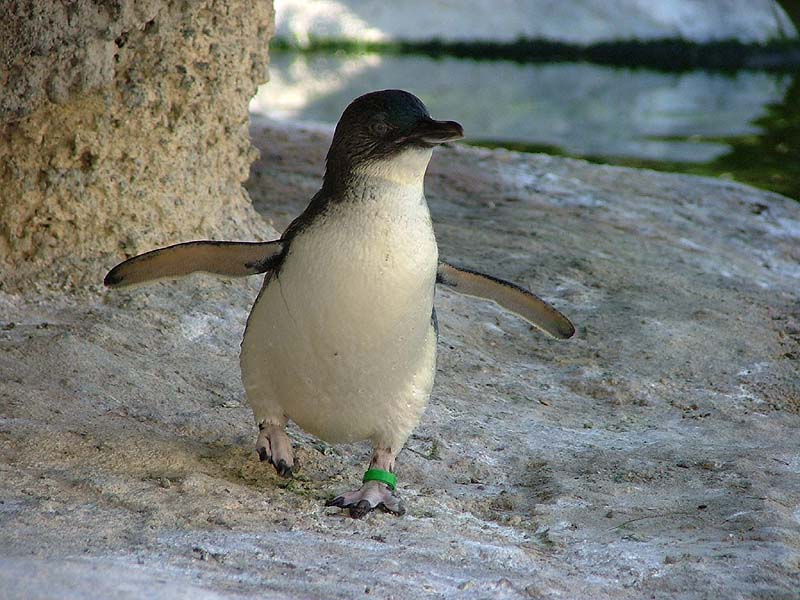The list of “animals that Australia is known for” also happens to be the list of “animals that are literally everywhere in Australia.” They are also a list of animals that I have so far not come close to being tired of seeing!
Wednesday was our trip to Phillip Island, southwest of Melbourne by about an hour and a half. The island used to be filled with vacation homes and yacht clubs, but locals have been donating land and the Australian government has been buying up land to return the island to its native state.
Phillip Island is known for its population of fairy (or little) penguins, a colony of seals, and koala reserves. We skipped the seals since I had recently done seals in Peru, but made sure to see the koalas and the little penguins.
The koala reserve is in the center of the island and is home to roughly thirty koalas. They live in eucalyptus trees of varying shapes and sizes, and you can choose to walk amongst the koalas on an elevated boardwalk or hike out and see various other animals and try your luck at seeing koalas in the trees.
We did both walks and saw thirteen koalas, some near the boardwalk, and some in higher trees. The sanctuary also had a lot of swamp wallabys boldly hopping about between paths. I’m starting to get the sense that the wallaby is sort of like a giant hopping rodent – they are everywhere. They are still adorable.



After the koala reserve, we drove to the tip of the island, known as the Nobbies. The nobbies are a series of volcanic rocks, covered in sea birds and their associated poops, some seals, and occasionally penguins.

The nobbies and many roads close after sunset to protect the little penguins as they nest in the clifftops. The park has built many nest boxes in the cliffs to help preserve the little chicks, and there are extensive programs in place which are removing the predators introduced by settlers in the late 1800s.


I have learned that it’s not a day out in Australia unless a gravel road recommended to you by shady google maps is traveled down, and so we picked to go a scenic route from the nobbies to the penguin center. It took us through grassy wallaby-dotted fields and within spitting distance of cliffs. It’s a good thing I’m now good at driving on the left!
At last, we arrived at the penguin center and made our way down to the viewing area to await the arrival of penguins at dusk.
The fairy/little/blue penguin is the smallest in the world. They come ashore under the cover of dusk, socialize on the beach, and then bump and waddle and scoot their way up the cliffside at an unbelievable rate. We had underground viewing access, so we watched them waddle past just feet away from us. Some of them fell over, and some of them were either pregnant or quite fat.
A vacation to see wildlife isn’t a vacation unless some of them do it: we saw penguins get it on.
As we were leaving the park, we walked up the boardwalk as the penguins scurried along beside the boardwalk, chirping to their young. The babies chirped back and we got to see a few of the older ones out of their nest.
If you have come here for penguin pics, I am sorry to disappoint. We weren’t allowed to take pictures, so here’s a google image search if you’re curious about how cute they are.

Thursday is my last full day in Melbourne before my painfully early flight to Christchurch. I will miss this place – it’s truly a wonderful city!



